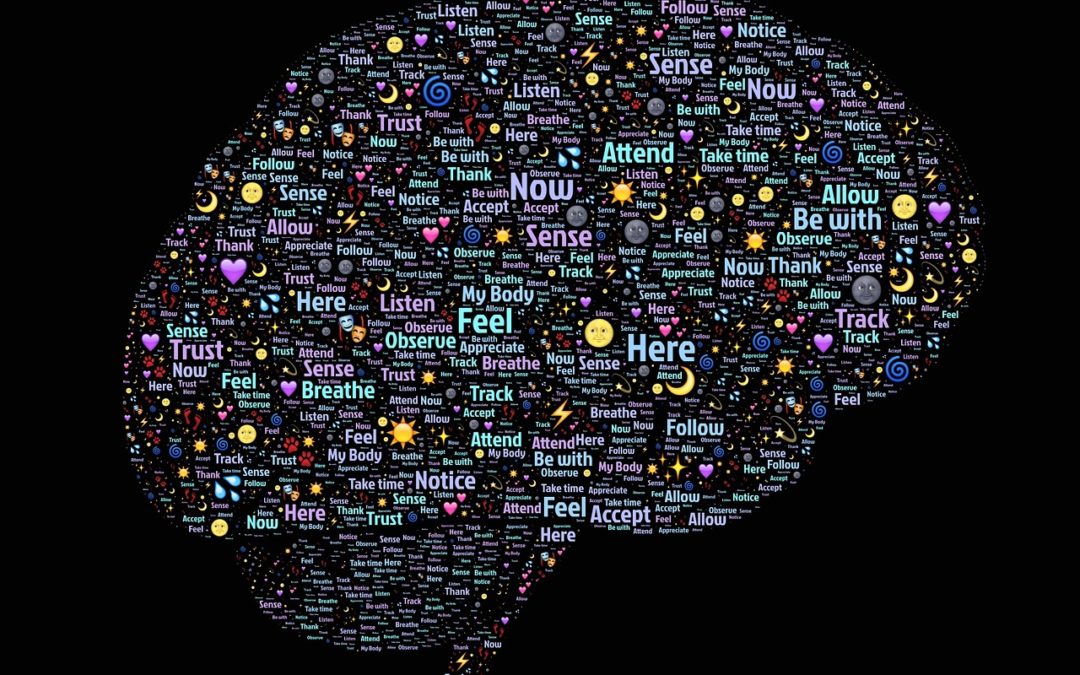When exploring brain activity associated with grasping other objects, Rizzolatti and his colleagues also found activity in the F5 area when the monkeys viewed the researchers reaching for a peanut. This began the exploration of mirror neurons in humans, which is the explanation for brain activity while observing another person engaged in a task that mirrors the brain activity that would occur if we were actually engaged in the task.
Since then, the understanding of mirror neurons has been expanded to explain the physical reaction of a racing heartbeat while watching runners cross a finish line, or why we might exhibit a reaction to pain after watching a friend stub his toe. Mirror neurons provide us with information in our social worlds by helping us understand the thoughts, feelings and intentions of others. In addition, in 2003, Naomi Eisenberger, Ph.D. and Kipling Williams, Ph.D. found the brain activity that occurs after social rejection is similar to the brain activity resulting from physical pain. Evidence to suggest that our brains are wired for social connection to others is increasing, and maintaining our social connections is seemingly necessary for physical survival.
Many psychological theories have promoted independence, standing on one’s own two feet, and maintaining strong boundaries with others in order to be healthy individuals. However, in her book, Wired to Connect (2015), Amy Banks, M.D. suggested that we, as humans, have a neurological need to maintain connections with others to promote our social and physical survival. As we mature, these relationships become more complex, nurture our growth, and spark the desire to reach out and make more positive connections with others. Rather than being independent for health, we need to be connected to others.
Dr. Banks outlined four neural pathways associated with making connections with others and can be described with the acronym C.A.R.E. Our early childhood relationships influence these pathways, and their modification is an ongoing process influenced by the relationships we form as we mature.
C stands for Calm: There is a pathway within the autonomic nervous system called the smart vagus, which helps keep the “primitive” brain from taking charge during stressful situations. The smart vagus is strengthened by positive relationships, and helps to promote clear thinking and creative problem solving during stressful situations. Social isolation has been associated with poor tone of the smart vagus, which can allow the “primitive” brain to take over and lead to increased negative social interactions.
A stands for Accepted: The dorsal anterior cingulate cortex (dACC) is an area of the brain associated with feeling accepted. This is the area found to be active when social isolation occurs. When the pathways in this area are strong, we have a sense of belonging. In contrast, frequent or ongoing social isolation can lead to an oversensitive dACC, which can lead to social pain as well as a sense of rejection even when others are being welcoming.
R stands for Resonant: The mirroring neuron system is activated when we are around others who “get” us, or when we have a sense of resonance with others. When our mirroring pathways are weak, we have difficulty reading social information from others. We can also send out social signals that are difficult for others to read, and can limit our ability to develop a sense of resonance with others.
E stands for Energetic: Our brains have a dopamine reward system that is naturally triggered by healthy activity. Being engaged in positive social activities that promote growth activates the release of dopamine in the brain, which then sends a feeling of euphoria and energy throughout our bodies. People who do not experience sufficient dopamine reward through positive relationships may begin to look for this reward through other avenues, such as through addictive behaviors. Over time, our brains may also rewire so that positive relationship connections no longer trigger the natural dopamine reward system in our brains.
Dr. Banks also outlined several ways our brains maintain throughout our lifetimes in order to keep them healthy and able to make ongoing, growth-promoting, social connections. This includes drinking plenty of water, engaging in regular physical exercise, having sufficient Omega-3 fatty acid intake, wearing a helmet during activities that put one’s brain at risk, maintaining a healthy vitamin D level, getting sufficient sleep, eating healthy foods in addition to those specifically associated with brain health (e.g., blueberries, beans, dark chocolate), participation in a brain-training program, and engaging in stress-reduction techniques.
We are looking forward to another great Quest Camp summer program and will be incorporating the neurology of social connection into our already awesome social curriculum. We hope this information can be helpful as you continue to promote healthy connections in your home, work and social lives.
References:
Banks, A. (2015). Wired to connect. New York, New York: Jeremy P.
Tarcher/Penguin.
Weir, K. (2012). The pain of social rejection. Monitor on Psychology, Vol 43 (4), 50.
Winerman, L. (2005). The mind’s mirror. Monitor on Psychology, Vol 36 (9), 48.

